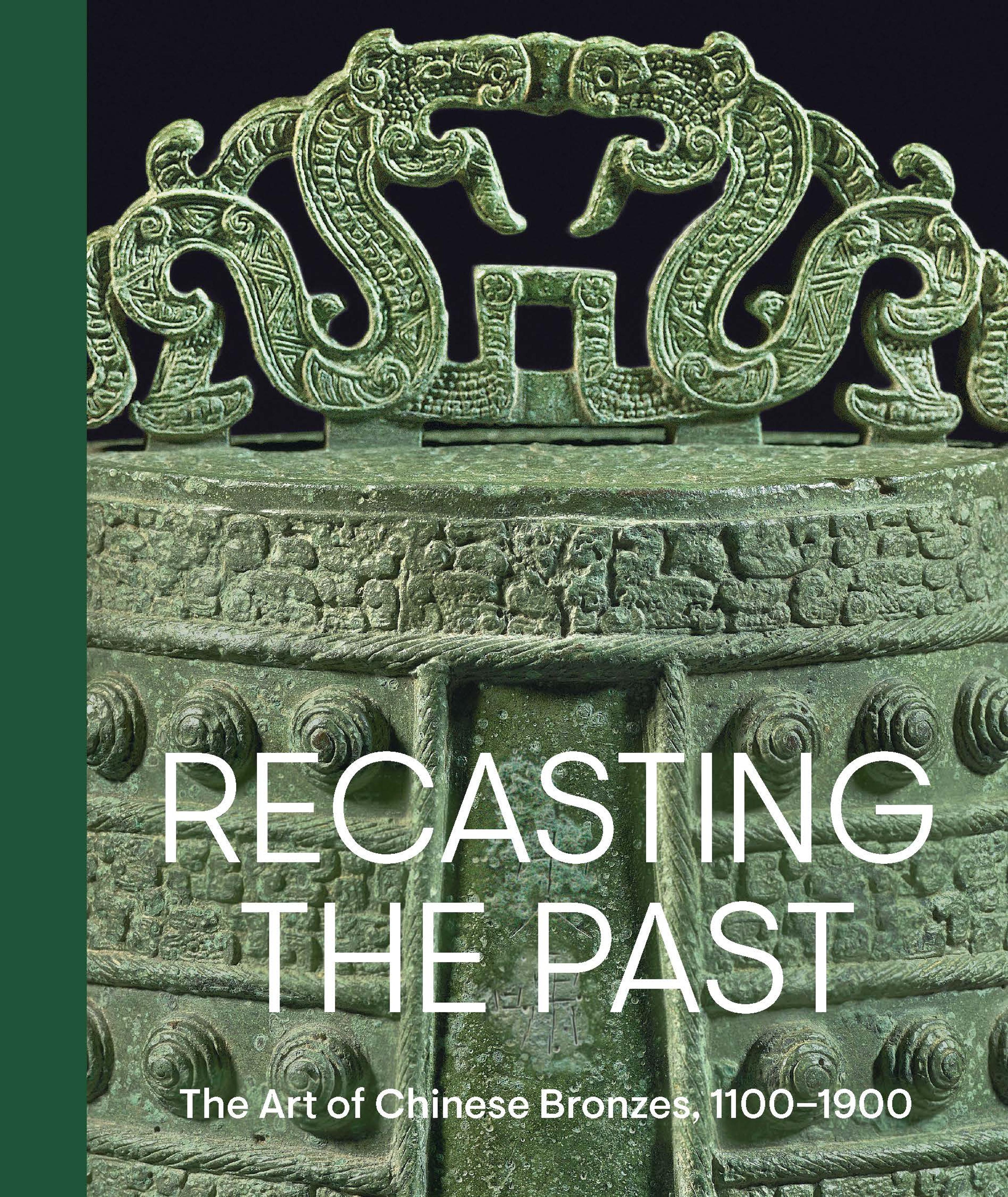Elegant Gathering in the Apricot Garden
This handscroll is one of two similar compositions attributed to Xie Huan that document a gathering of nine scholar-officials in Beijing on April 6, 1437. The original composition, prepared for the party's host, Yang Rong (1371–1440), who is depicted wearing a red robe in the first group of seated figures, is now in the Zhenjiang Municipal Museum. This painting, probably made for the senior guest, Yang Shiqi (1365–1444), who is seated in a blue robe next to Yang Rong, is a condensed version executed by one of Xie Huan's associates. In spite of the apparent informality of the subject, the painting is carefully crafted to emphasize the power, prestige, and cultivation of the officials. The men's substantial robes and formal poses underscore the dignity of their positions, and their political ranks are distinguished by their placement in the composition. Those of the greatest status, Yang Shiqi and Yang Rong, are at the center of the composition; guests of lower rank are closer to the periphery of the scroll. The antiques and scholarly paraphernalia surrounding the men suggest their literary accomplishments and aesthetic discernment.
Following the painting are poems composed by the participants to commemorate the gathering, beginning with a preface inscribed in a dignified clerical script by Yang Shiqi, the oldest participant and the highest-ranking government official of his day. The Qing official and later owner of the scroll Weng Tonghe (1830–1904) inscribed the mounting in front of the painting with a listing of the nine officials.
Following the painting are poems composed by the participants to commemorate the gathering, beginning with a preface inscribed in a dignified clerical script by Yang Shiqi, the oldest participant and the highest-ranking government official of his day. The Qing official and later owner of the scroll Weng Tonghe (1830–1904) inscribed the mounting in front of the painting with a listing of the nine officials.
Artwork Details
- 明 傳謝環 杏園雅集圖 卷
- Title: Elegant Gathering in the Apricot Garden
- Artist: After Xie Huan (Chinese, 1377–1452)
- Period: Ming dynasty (1368–1644)
- Date: ca. 1437
- Culture: China
- Medium: Handscroll; ink and color on silk
- Dimensions: Image: 14 5/8 x 95 3/4 in. (37.1 x 243.2 cm)
Overall with mounting: 14 3/4 in. x 41 ft. 11 1/4 in. (37.5 x 1278.3 cm) - Classification: Paintings
- Credit Line: Purchase, The Dillon Fund Gift, 1989
- Object Number: 1989.141.3
- Curatorial Department: Asian Art
Audio
7580. Elegant Gathering in the Apricot Garden
0:00
0:00
We're sorry, the transcript for this audio track is not available at this time. Please email info@metmuseum.org to request a transcript for this track.
More Artwork
Research Resources
The Met provides unparalleled resources for research and welcomes an international community of students and scholars. The Met's Open Access API is where creators and researchers can connect to the The Met collection. Open Access data and public domain images are available for unrestricted commercial and noncommercial use without permission or fee.
To request images under copyright and other restrictions, please use this Image Request form.
Feedback
We continue to research and examine historical and cultural context for objects in The Met collection. If you have comments or questions about this object record, please complete and submit this form. The Museum looks forward to receiving your comments.
